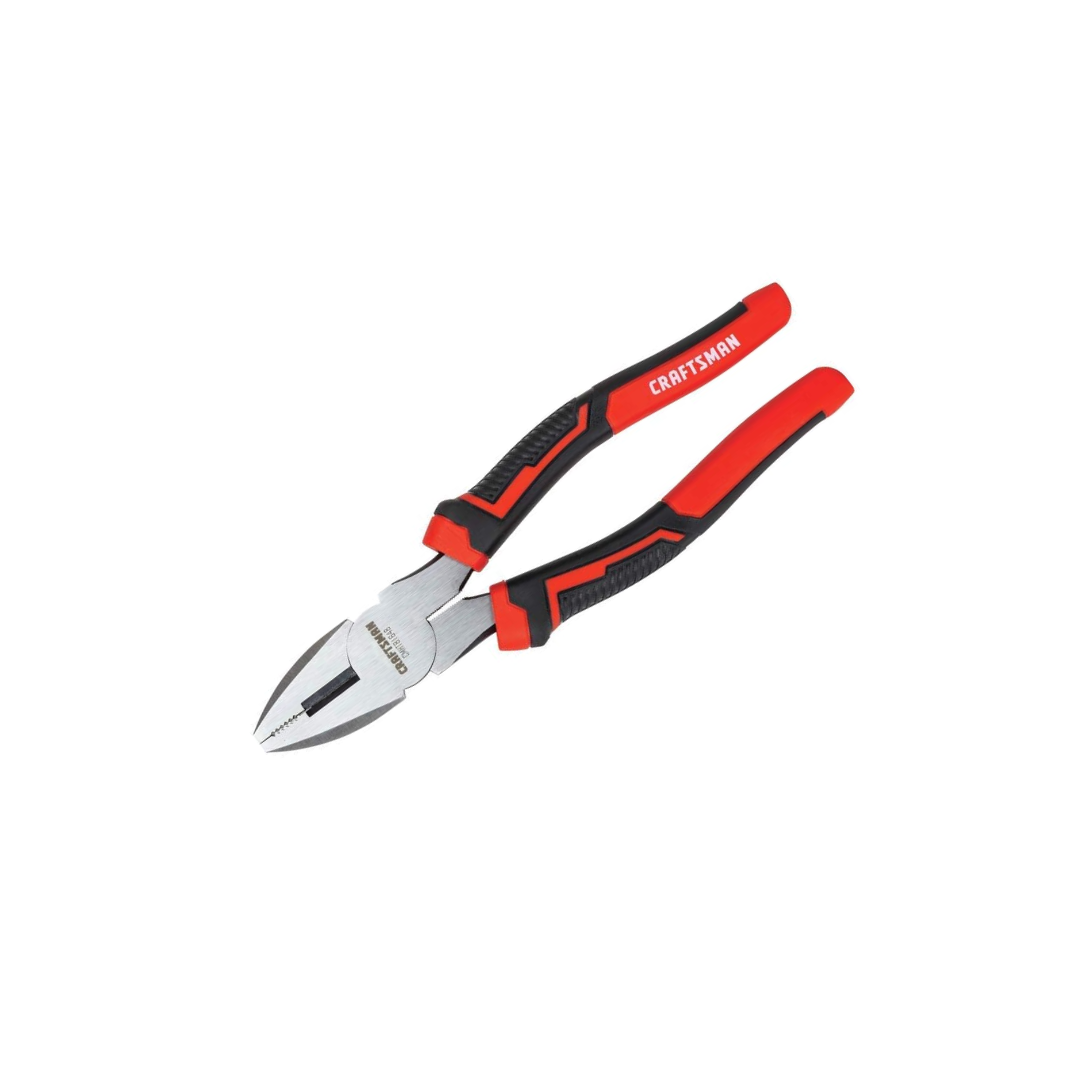We may be compensated if you purchase through links on our website. Our team is committed to delivering honest, objective, and independent reviews on home products and services.
A window that won’t stay open is frustrating and potentially dangerous. Often, the culprit is a faulty sash spring balancer. Window sash spring balancers are an essential part of double-hung windows, allowing them to open, close, and stay in position smoothly. These mechanisms are located in the window header and use a string on each side to support the weight of the window sash.
Replacing these balancers can restore your window’s functionality and make it easier to use. Below, we’ll guide you through the process of replacing a window sash spring balancer, a task that can typically be completed in a couple of hours. This Old House general contractor Tom Silva demonstrates the replacement process in the above video. For larger repairs, see our instructions for sash window repair.
Signs of Faulty Sash Spring Balancers
Several indicators suggest that your window’s sash spring balancers need replacement:
- Difficulty in opening or closing the window
- Uneven movement when raising or lowering the sash
- Visible damage or wear on the balancer strings
- Window won’t stay open and falls shut
Tools and Materials To Replace a Window Sash Spring Balancer
You’ll need the following to do the job:
- Drill/driver
- New sash spring balancers (matched to your window type and size)
- Pliers
- Safety glasses
- Screwdriver
- Work gloves
Removing the Window Sash
To begin, lower both window sashes completely. Remove the screws holding the jamb liner to the side jamb. Raise both sashes and remove the remaining jamb liner screws. Pull the lower half of the jamb liner off the side jamb and set it aside. Remove both sashes from the window frame, using pliers to disconnect the spring-loaded strings from each side of the sash.
Accessing and Installing the Spring Balancers
Unscrew and remove the vinyl cover from the header over the window. Locate the staples holding each old spring balancer in place. Carefully remove the staples and take out the old balancers from the window header.
Position the new spring balancing mechanisms on the left and right sides of the header. Secure each balancer with screws, ensuring they are firmly attached. Replace the vinyl cover on the header, concealing the new mechanisms.
Reattaching the Window Sash
Set the top sash on the window stool at a slight angle. Use pliers to grasp the plastic plug attached to the end of the spring-loaded string. Pull the plug down and insert it into the hole bored in the upper edge of the sash.
Slide the sash into the window frame and connect the. Once both strings are attached, raise the top sash up to the header opposite string. Repeat the process for the bottom sash, connecting it to the two spring-loaded strings.
Finishing Up
Insert the small vinyl guide into the slot in the lower left corner of the bottom sash. Set the bottom sash into the window frame and slide it all the way up to the header. Reinstall the lower half of the jamb liner, slipping it between the sash and jamb. Screw the jamb liner back to the jamb, and test the operation of both sashes for smooth movement and proper positioning.
Window Sash Spring Balancer: Troubleshooting Common Issues
Even with some do-it-yourself (DIY) experience, you may encounter some challenges. Here are some common issues and how to address them:
- If the window moves unevenly after installation, check that both spring balancers are properly connected and tensioned. Adjust the connections if necessary.
- If the window is still hard to open or close, ensure that the jamb liners are correctly installed and not obstructing the sash movement. Lubricate the tracks if needed.
- If the window is still falling, double-check that you’ve installed the correct strength of spring balancers for your window’s weight and size.
Maintenance Tips for Spring Balancers
To help your new sash spring balancers last longer and maintain smooth window operation, do the following:
- Clean the window tracks regularly to prevent debris buildup.
- Inspect the balancer strings periodically for signs of wear.
- Lubricate moving parts annually with a silicone-based lubricant.
- Avoid forcing the window open or closed, which can strain the balancers.
When replacing window sash spring balancers, take a minute to inspect your windows’ general condition. Look for signs of window frame rot or damage, and address any issues before reattaching the sashes. Doing so will ensure your windows last longer and operate more effectively.
Window Sash Spring Balancer: Safety Considerations
Window sashes can be heavy, and the spring mechanism in the balancers can create tension that could snap back if mishandled. Work carefully to avoid injury. Use the correct tools for the job, especially for tensioning the spiral balance. Improper tensioning can cause balance failure or window damage.
If your windows have a more complex balancing system or if you’re unsure about any part of the process, it might be best to hire a professional. If you’re working on historic or custom windows, we recommend consulting a specialist to ensure the work is done without damaging the window’s integrity.


